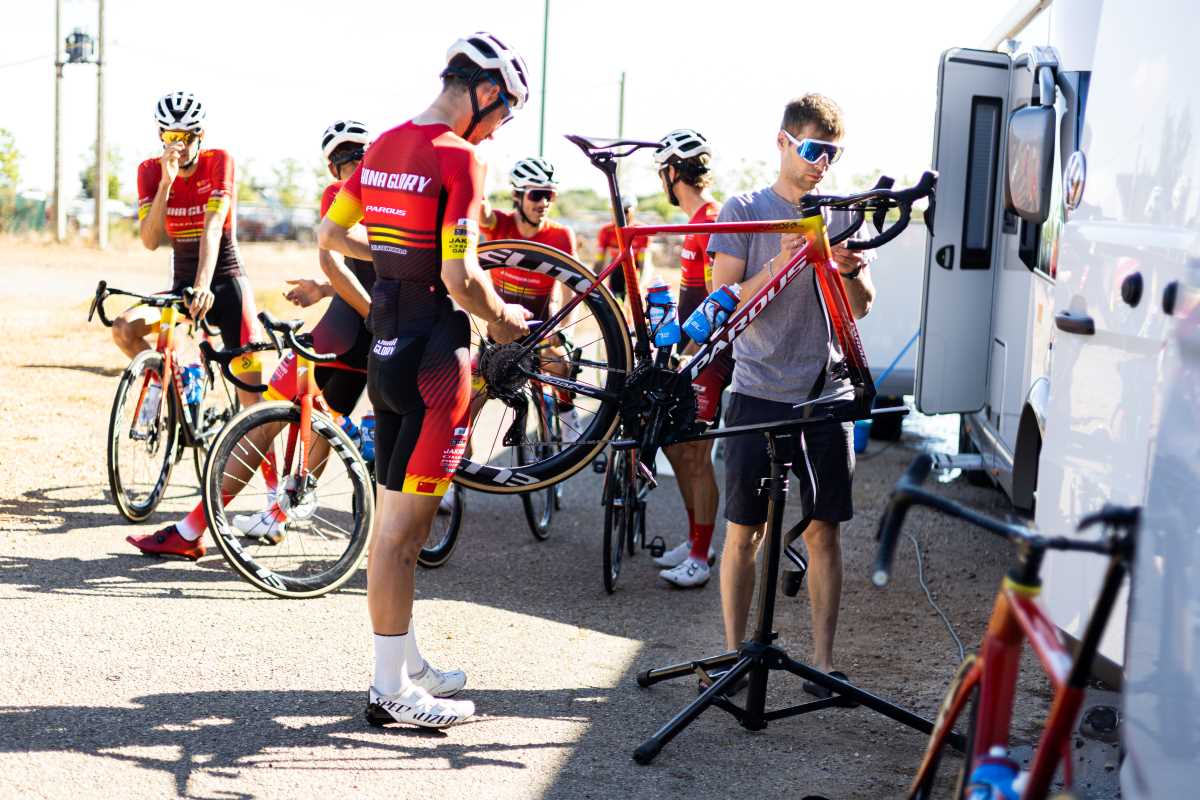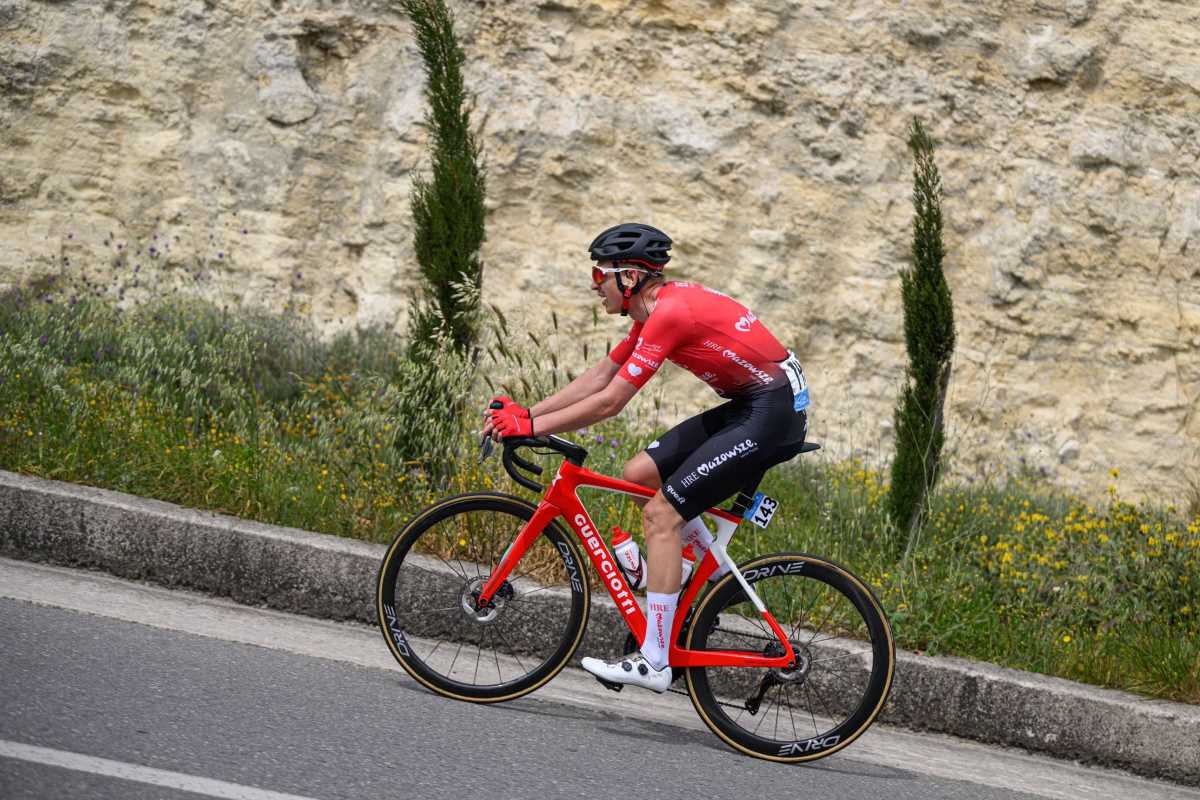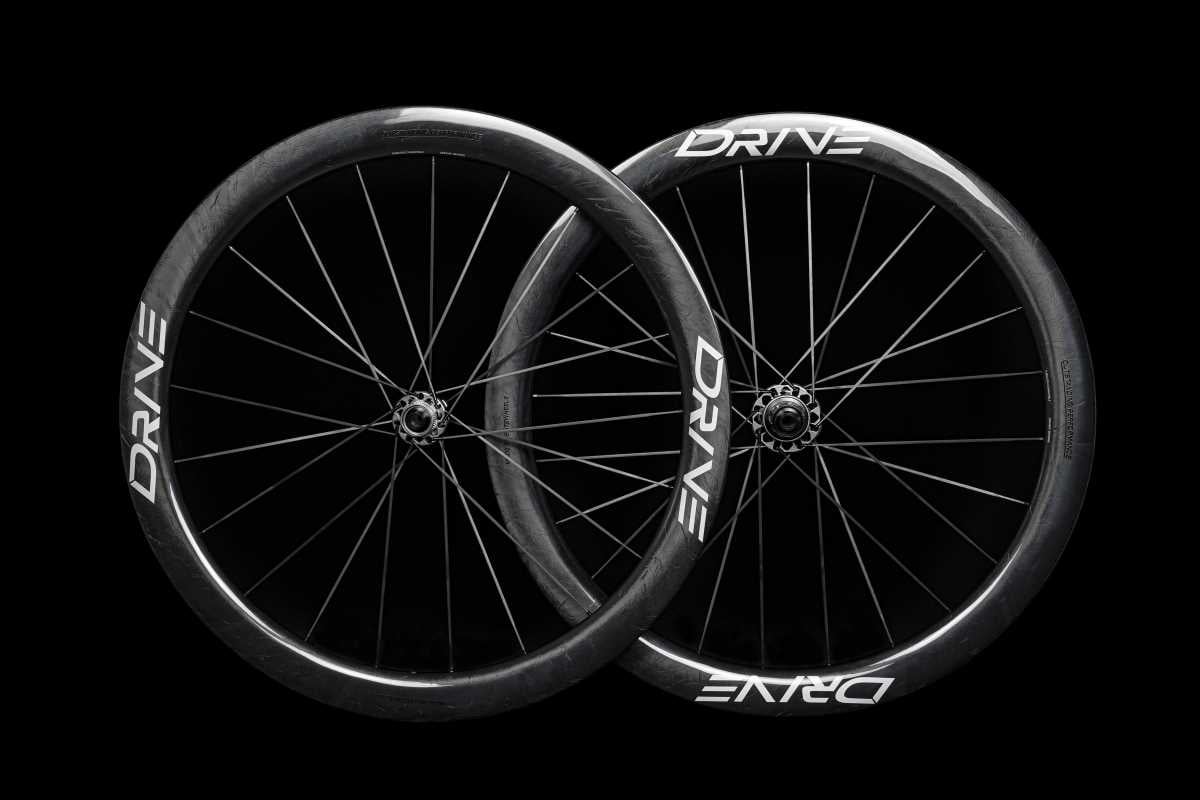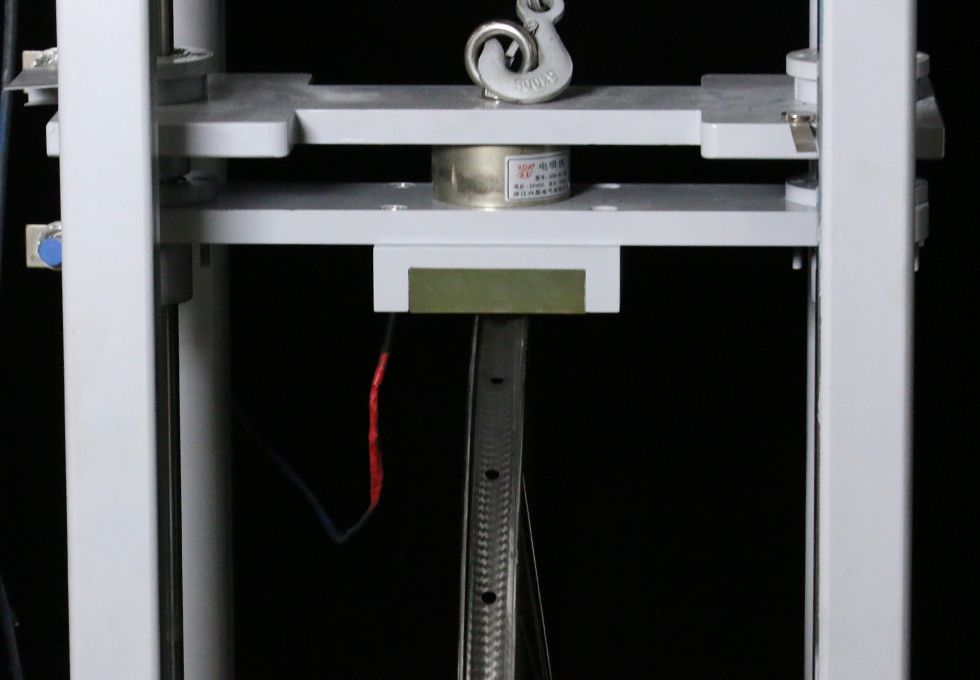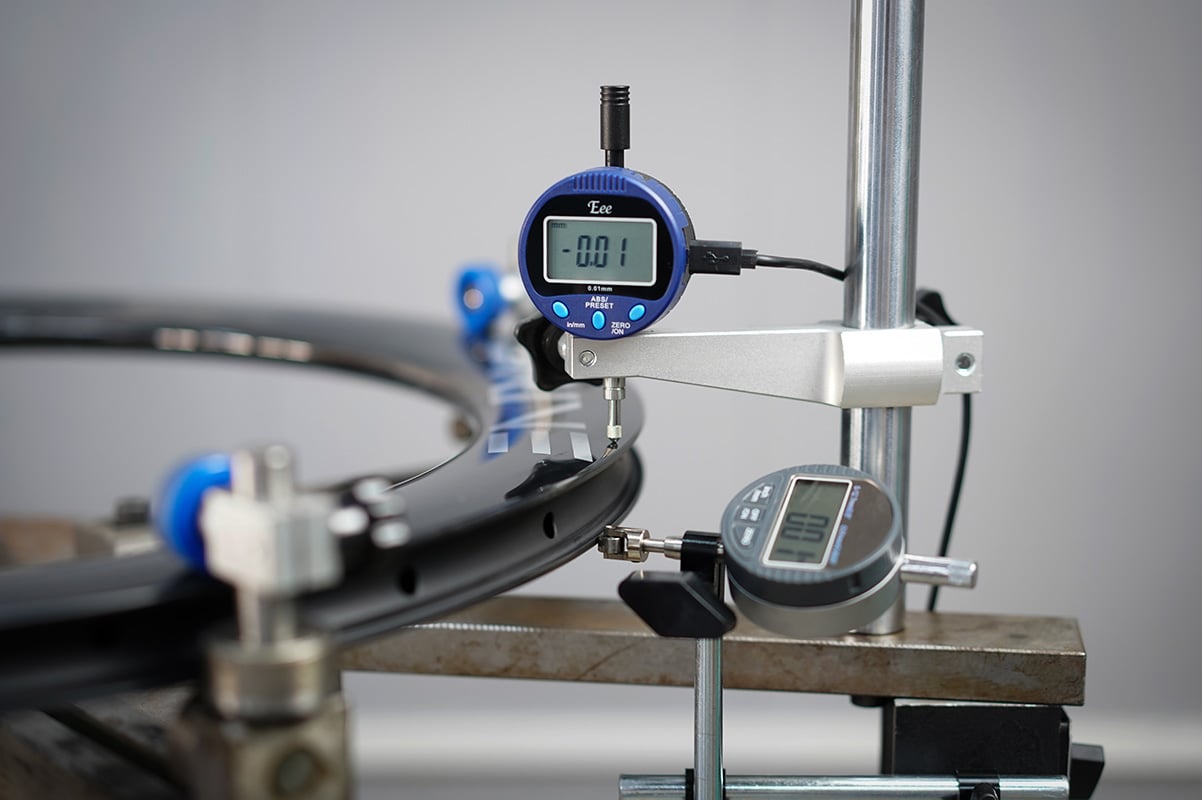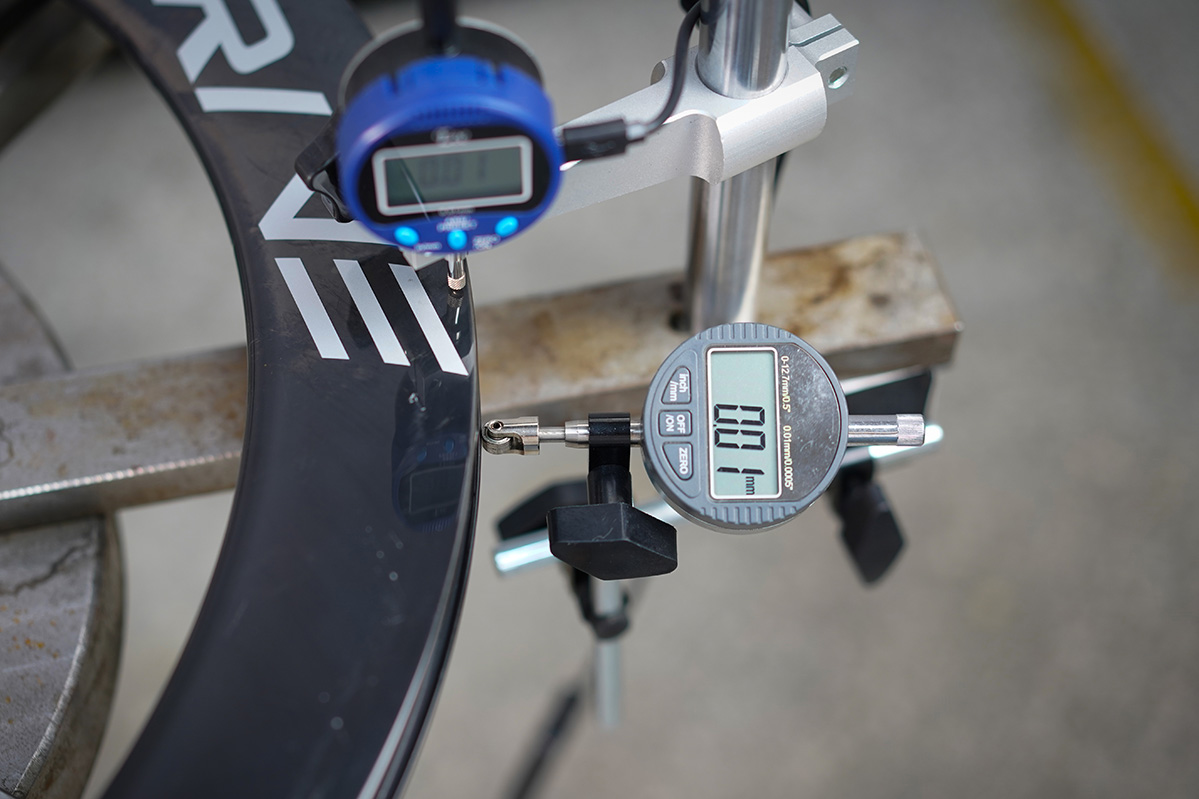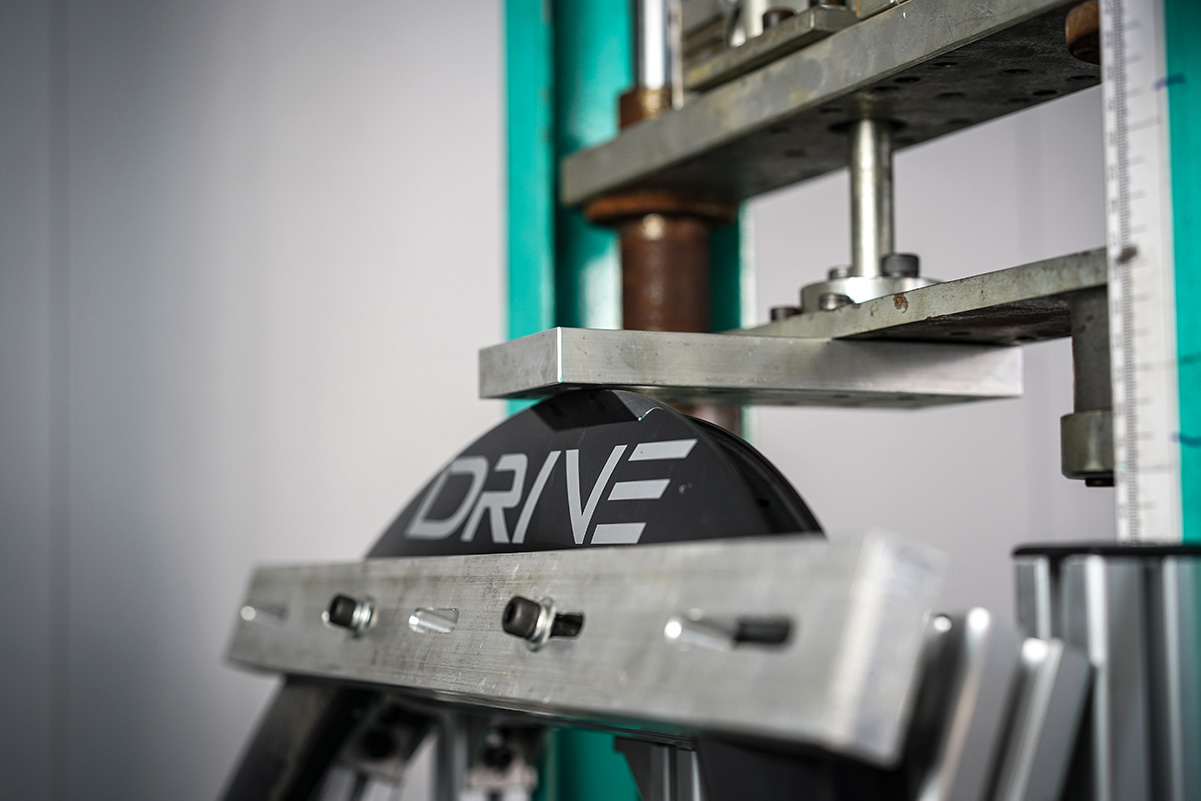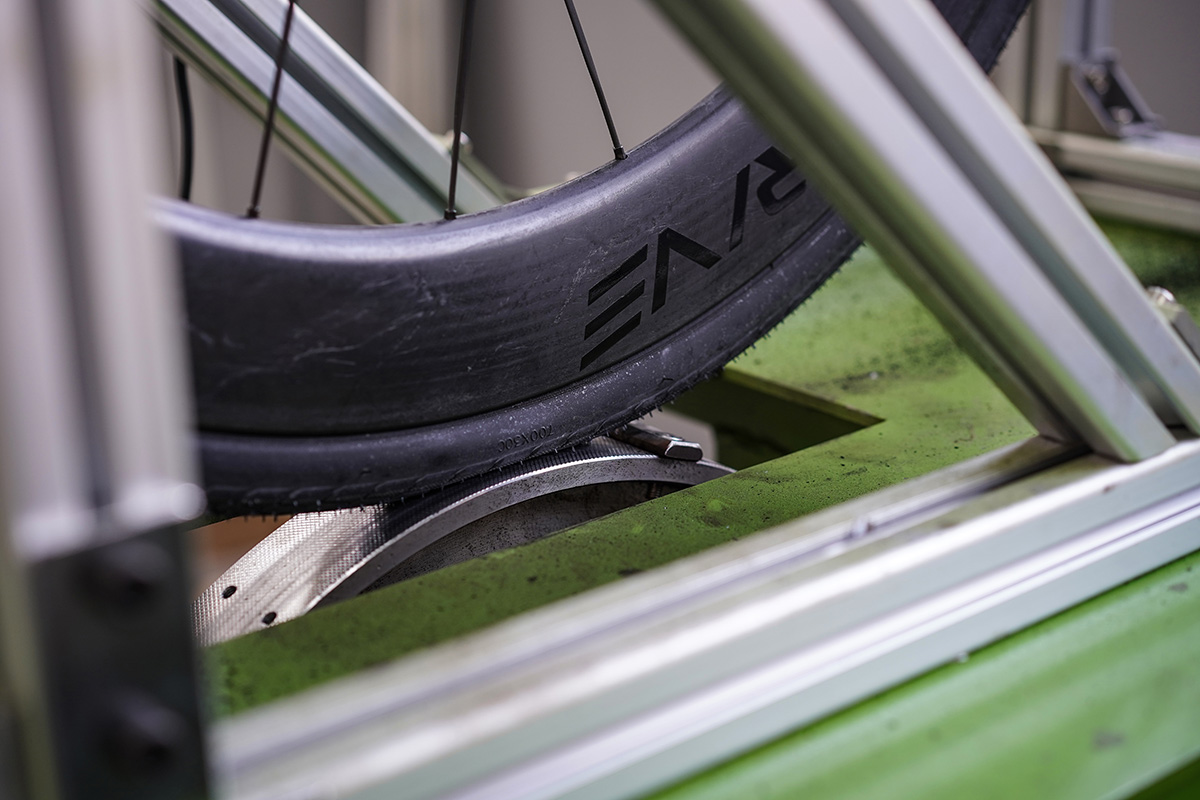Cycling can be an effective and enjoyable way to lose weight. Here are some tips to help you use cycling as a tool for weight loss:
1. Consistent Riding:
Consistent riding is a key factor in using cycling as a tool for weight loss. Here’s how consistent riding can help you lose weight through cycling:
Caloric Expenditure:
Cycling is a great cardiovascular exercise that burns calories. The more you ride, the more calories you’ll burn. Consistently engaging in cycling sessions helps create a sustained calorie deficit, which is essential for weight loss. When you consistently burn more calories than you consume, your body begins to use stored fat for energy, leading to weight loss over time.
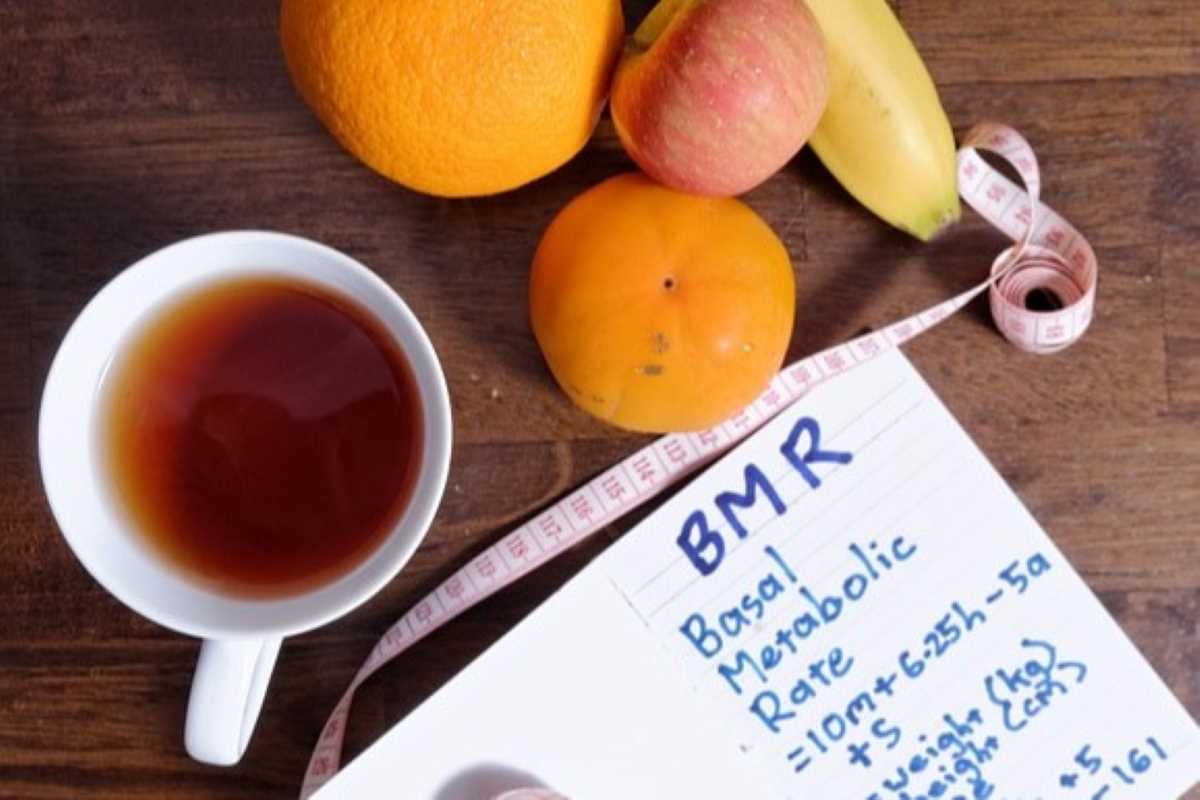
Metabolism Boost:
Regular physical activity like cycling can increase your metabolism. Even after your ride, your body continues to burn calories as it works to repair and recover from the exercise. This is known as the afterburn effect or excess post-exercise oxygen consumption (EPOC). The more consistently you ride, the more your metabolism may improve, leading to greater calorie burn overall.
Improved Fitness:
Consistent riding improves your cardiovascular fitness and endurance. As your fitness level increases, you’ll be able to ride longer and with more intensity. This means you can burn more calories during each ride, contributing to your weight loss efforts.

Habit Formation:
Consistent riding helps you establish a routine and form healthy habits. When cycling becomes a regular part of your lifestyle, it’s easier to make it a long-term commitment. Habits are powerful because they reduce the need for constant decision-making and motivation. You’ll be more likely to stick with your weight loss plan when cycling becomes a habit.
Stress Reduction:
Cycling can serve as a stress-relieving activity. Engaging in consistent physical activity can help reduce stress and emotional eating, which can contribute to weight gain. When you have a positive outlet for stress, you’re less likely to turn to unhealthy food choices.

Tracking and Accountability:
Consistently tracking your rides and progress can provide a sense of accountability. You can see how far you’ve come and set achievable goals. The act of tracking can also motivate you to maintain your cycling routine and make adjustments as needed.
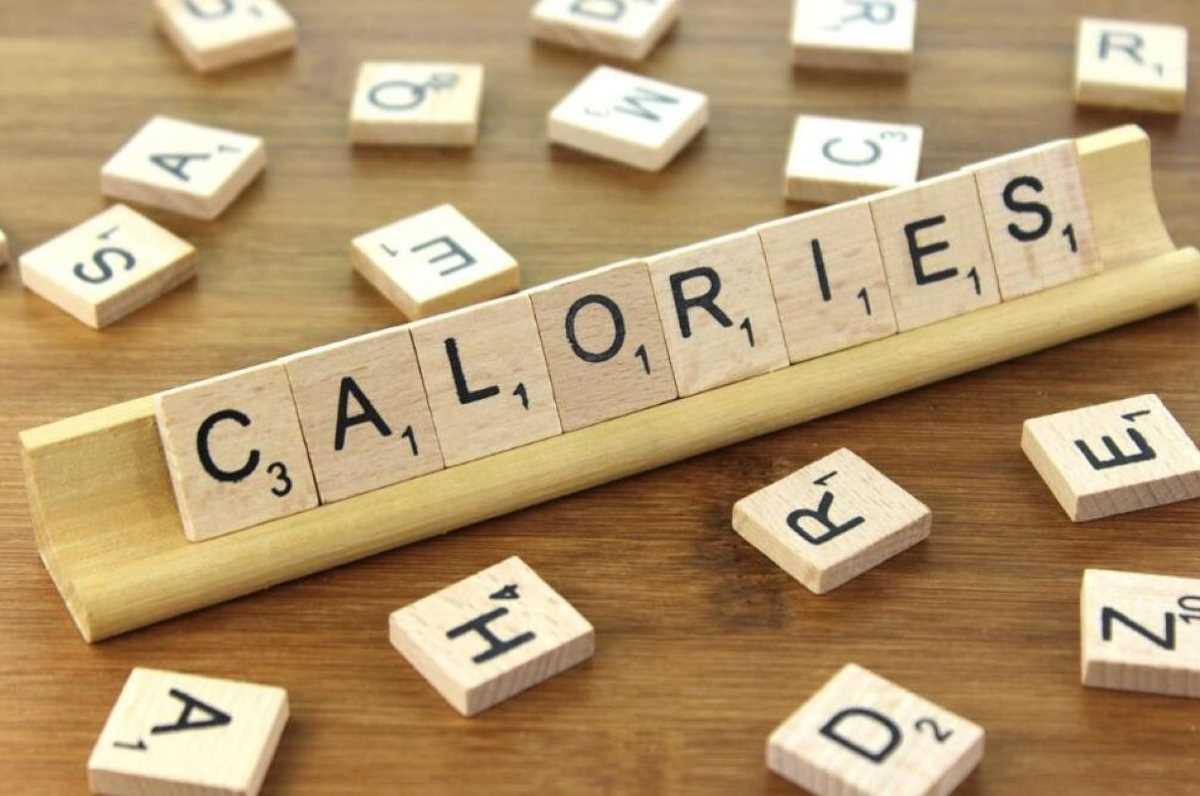
2. Caloric Deficit:
Cycling creates a calorie deficit primarily through the energy expenditure required to perform the physical activity. This deficit occurs when the calories burned during cycling exceed the calories consumed through your diet. Let’s break down how this process works, including the role of hormones:
Energy Expenditure:
Cycling is a form of physical exercise that requires your muscles to contract and perform work. This work requires energy, which is obtained from the calories stored in your body, primarily in the form of carbohydrates and fats. As you pedal, your muscles contract and generate force to propel the bike forward, overcoming resistance from factors like wind, terrain, and friction.
Calories Burned:
The number of calories burned during cycling depends on several factors, including your weight, the intensity of your ride, the duration of the ride, and the terrain. The more intense and prolonged the cycling session, the more calories you’ll burn. For example, a high-intensity interval training (HIIT) session or a long, steady-state ride will burn more calories than a leisurely ride.
Caloric Deficit:
To lose weight, you need to create a caloric deficit, meaning you burn more calories than you consume. When you consistently burn more calories through cycling and other activities than you take in through your diet, your body starts using stored energy (fat) to make up for the deficit. This leads to weight loss over time.
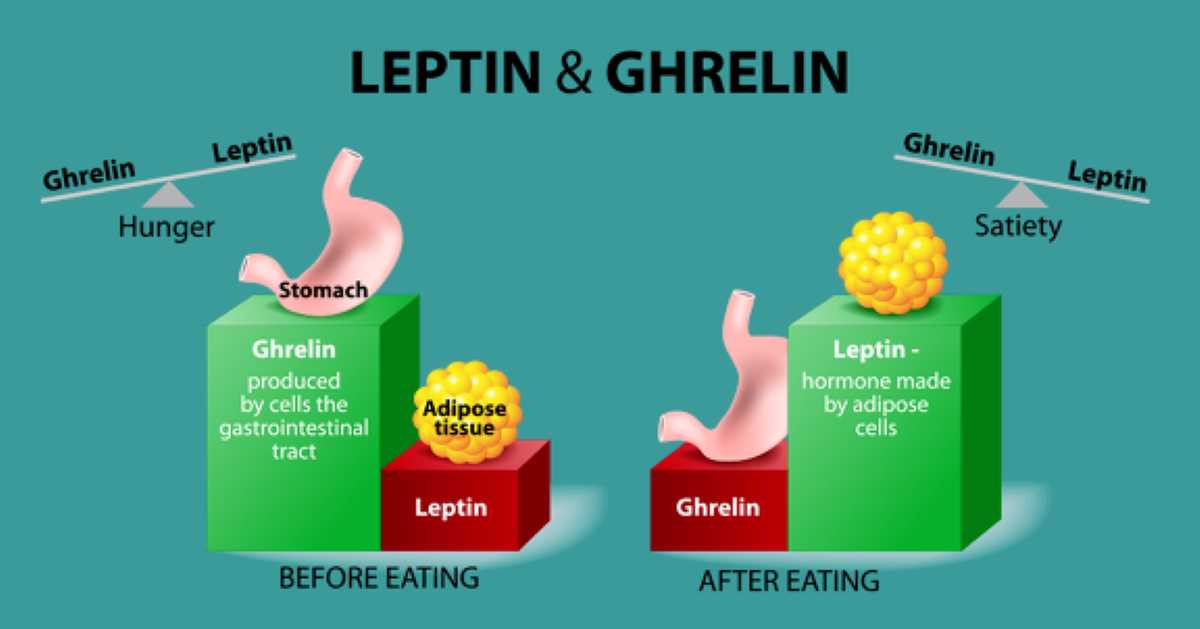
Hormones:
Hormones play a role in regulating your body’s energy balance, appetite, and metabolism. Exercise, including cycling, can influence hormonal responses that contribute to weight loss:
Insulin:
Cycling can improve insulin sensitivity, which helps your body use glucose more effectively. This can prevent excessive blood sugar spikes and crashes that can lead to overeating.
Epinephrine and Norepinephrine:
These stress hormones are released during exercise and help mobilize stored energy to be used as fuel. They increase heart rate, boost metabolism, and contribute to calorie burn.
Ghrelin and Leptin:
Cycling can impact hunger hormones like ghrelin (which increases appetite) and leptin (which helps regulate energy balance). Regular exercise can help control these hormones, reducing overeating and promoting a sense of satiety.
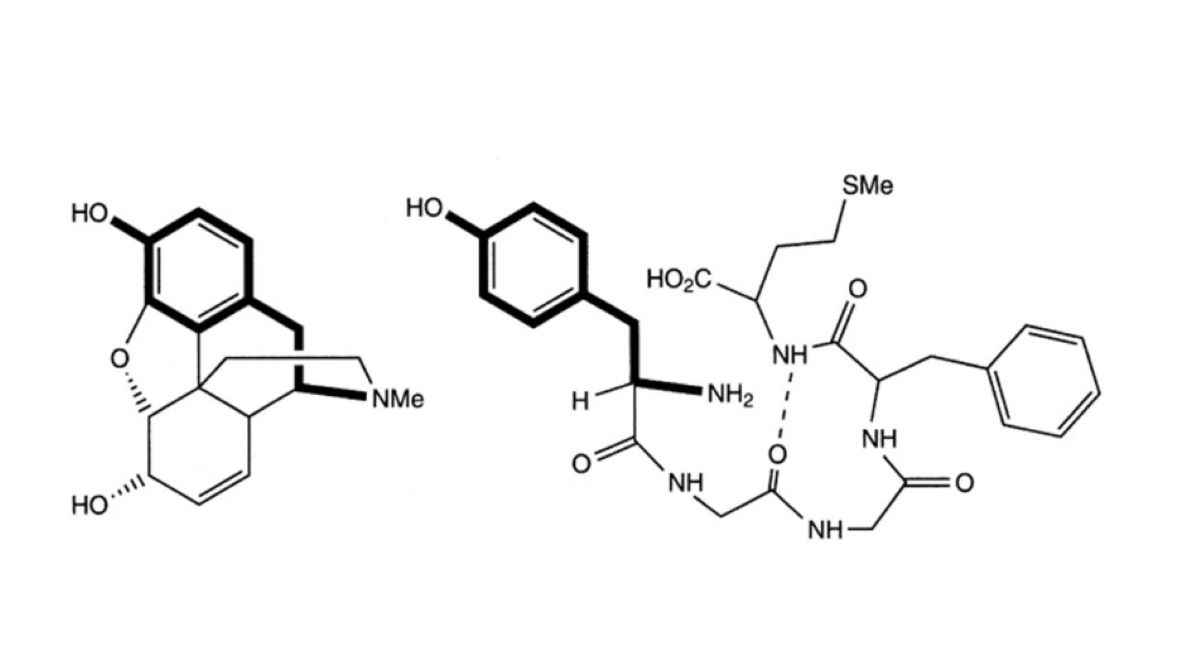
Cortisol:
While cortisol is released during stress, moderate exercise like cycling can help regulate its levels. Chronically elevated cortisol can contribute to weight gain, especially around the abdominal area.
Endorphins:
Cycling releases endorphins, which are “feel-good” hormones that can reduce stress and emotional eating. This can contribute to a more positive relationship with food.
3. Intensity:
High-intensity cycling can be an effective strategy for weight loss due to the way it influences your body’s energy expenditure, metabolism, and hormonal responses. Here’s how high-intensity cycling contributes to weight loss:
Increased Caloric Burn:
High-intensity cycling involves pushing yourself to work at or near your maximum effort for short bursts of time, followed by periods of rest or lower intensity. This type of exercise expends a significant amount of energy in a relatively short period. The intense effort demands more oxygen, which leads to an elevated heart rate and increased calorie burn.
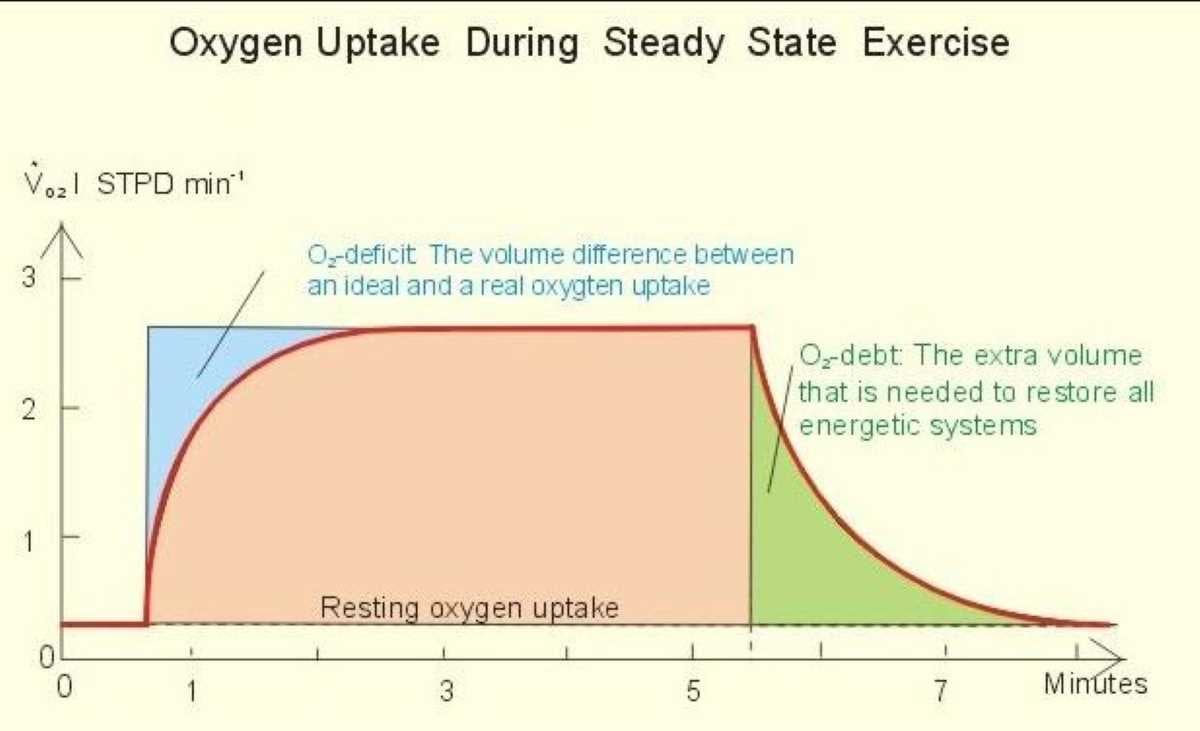
EPOC (Excess Post-Exercise Oxygen Consumption):
After a high-intensity workout like cycling, your body requires additional oxygen to restore itself to a resting state. This increased oxygen consumption results in a higher post-exercise metabolic rate. In other words, you continue to burn calories at an elevated rate even after you’ve finished your workout. This effect can last for hours to even a day after your workout, contributing to an increased calorie deficit and potential weight loss.
Muscle Engagement:
High-intensity cycling engages a larger percentage of your muscle fibers compared to lower-intensity activities. This leads to greater muscle activation and energy expenditure. Additionally, the explosive nature of high-intensity efforts can stimulate muscle growth and strength development, which can contribute to an increased resting metabolic rate over time.
Hormonal Response:
High-intensity exercise triggers the release of hormones like epinephrine and norepinephrine, which mobilize stored energy (glycogen and fat) to fuel the intense effort. These hormones also increase heart rate and metabolism, leading to increased calorie burn.
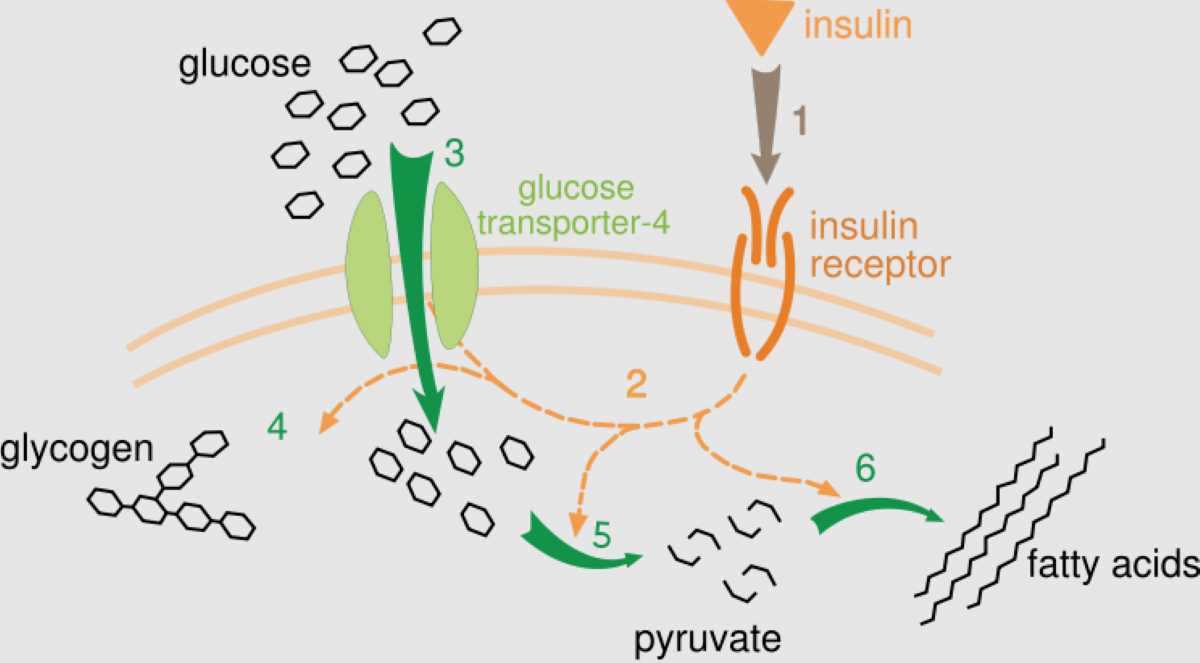
Improved Insulin Sensitivity:
High-intensity cycling can improve insulin sensitivity, allowing your body to use glucose more effectively. This can help regulate blood sugar levels and prevent insulin spikes, which can contribute to better weight management.
Time Efficiency:
High-intensity workouts can be relatively short compared to longer, steady-state exercises. This makes it easier to fit workouts into a busy schedule and can encourage adherence to a consistent exercise routine.
Variety and Challenge:
High-intensity cycling adds variety to your training regimen and keeps your workouts interesting. The challenge of pushing your limits can be motivating and mentally engaging, which can help you stay committed to your weight loss goals.
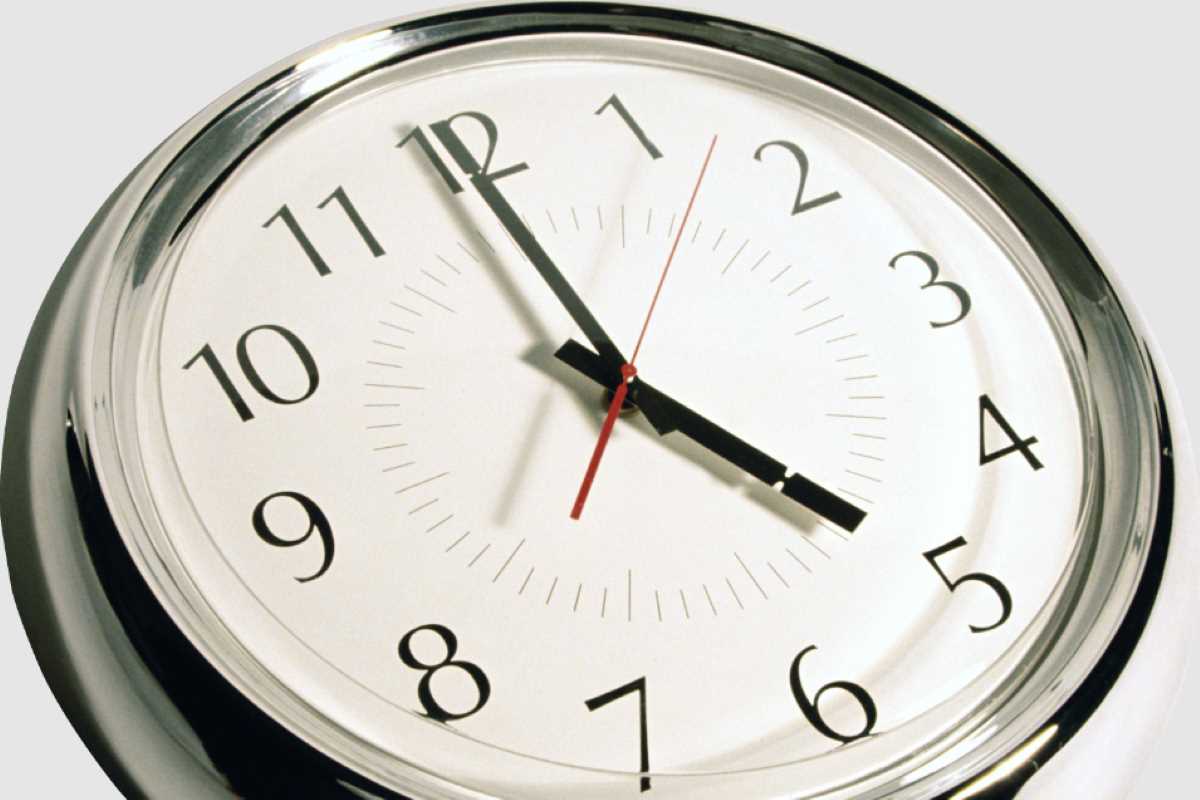
4. Longer Rides:
Endurance cycling at a moderate pace can also be an effective strategy for weight loss. While it may not burn calories as quickly as high-intensity workouts, it offers its own set of benefits that contribute to weight loss and overall fitness. Here’s how endurance cycling at a moderate pace can help with weight loss:
Extended Caloric Burn:
Endurance cycling involves riding at a steady, moderate pace for an extended period of time. While the calorie burn per minute may be lower compared to high-intensity exercise, the overall duration of the workout leads to a significant energy expenditure. Longer rides translate to more total calories burned, contributing to a calorie deficit necessary for weight loss.
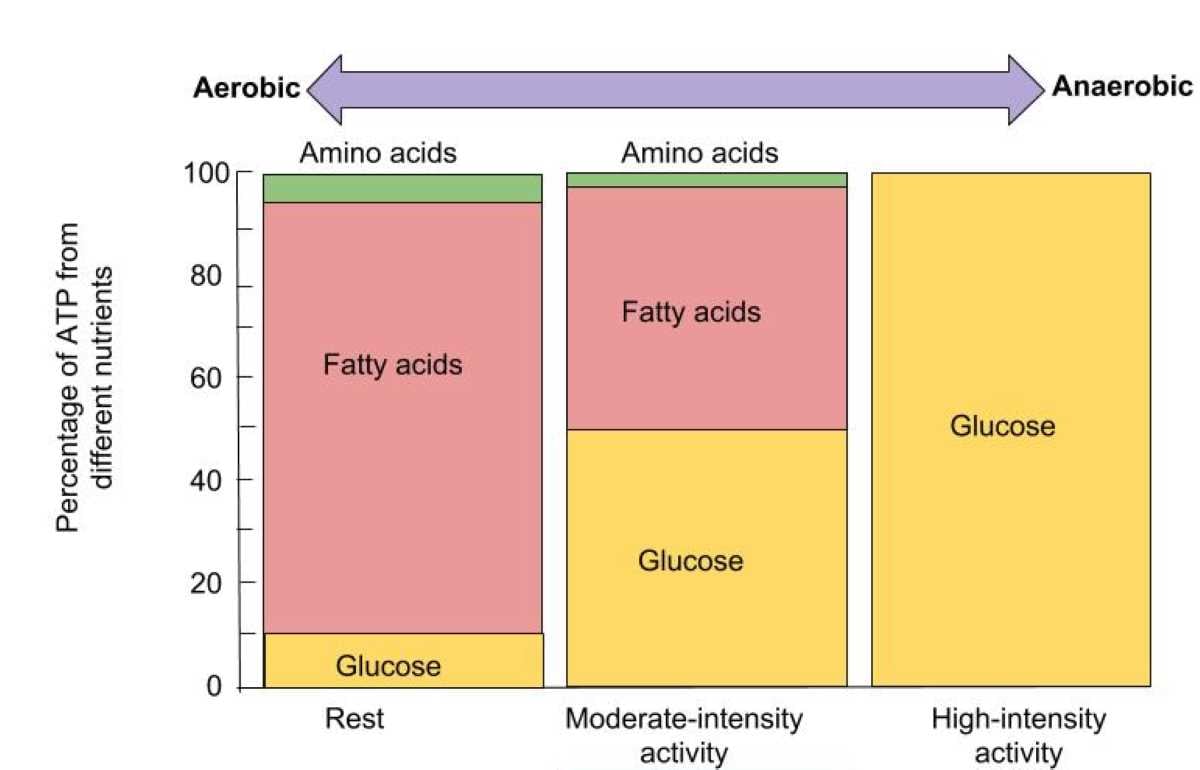
Fat Utilization:
During moderate-intensity exercise, your body relies more on fat as a fuel source. This can be advantageous for weight loss, as the goal is often to use stored fat for energy. Consistent endurance cycling encourages your body to become more efficient at utilizing fat as a primary energy source.
Cardiovascular Fitness:
Endurance cycling improves your cardiovascular fitness, strengthening your heart and lungs. This increased efficiency of your cardiovascular system supports better circulation, oxygen delivery, and nutrient transport throughout the body, which aids in overall metabolic function.
Sustainability:
Moderate-paced endurance rides are more sustainable for longer durations compared to high-intensity workouts. This can make it easier to maintain a consistent exercise routine over time, as it’s less physically demanding and allows for recovery between workouts.
Lower Impact:
Endurance cycling places less stress on your joints compared to high-impact activities. This can be beneficial for individuals who need to manage joint issues or are looking for a lower-impact way to lose weight.
Mental Wellness:
Longer, steady rides can provide time for mental relaxation and introspection. Stress management and mental wellness are important factors in weight loss, as they can reduce emotional eating and improve overall well-being.
Variety:
Combining both high-intensity and moderate-intensity workouts in your routine provides variety and can help prevent burnout or overuse injuries. Endurance cycling complements high-intensity sessions, allowing for a well-rounded fitness program.
Weight Maintenance:
Once you’ve achieved your weight loss goals, moderate-paced endurance cycling can help you maintain your weight by continuing to burn calories and supporting a healthy metabolism.
5. Varied Terrain:
Riding varied terrain in cycling can contribute to weight loss in several ways by increasing the intensity of your workouts and engaging different muscle groups. Here’s how cycling on different types of terrain can be beneficial for weight loss.
Increased Caloric Burn:
Riding on varied terrain, such as hills or inclines, requires more effort and energy compared to cycling on flat ground. When you encounter uphill sections, your muscles need to work harder to overcome gravity, leading to a higher caloric burn. This increased energy expenditure contributes to a greater calorie deficit, which is essential for weight loss.
Muscle Engagement:
Climbing hills and riding on uneven terrain engages different muscle groups compared to flat road cycling. Uphill riding requires more work from your lower body muscles, including your quadriceps, hamstrings, glutes, and calves. Engaging a greater range of muscles leads to more energy expenditure and potentially enhanced muscle development, which can increase your resting metabolic rate.
Interval Training:
Riding on varied terrain naturally incorporates interval training into your workout. Interval training involves alternating between periods of high-intensity effort (such as climbing a hill) and recovery (riding on flat terrain). This approach increases your heart rate, burns calories, and boosts your metabolism.
Improved Strength:
Uphill cycling requires greater muscle strength and power, particularly in the lower body. As you become stronger through consistent hill riding, you can generate more force during your rides, leading to higher calorie burn and improved overall fitness.
Variety and Motivation:
Riding on different types of terrain keeps your workouts interesting and mentally engaging. The changing scenery and challenges can help prevent boredom and maintain your motivation for consistent riding.
Core Engagement:
Riding on uneven terrain, such as gravel or trails, engages your core muscles as you work to maintain balance and stability. A stronger core not only improves your cycling performance but also contributes to overall posture and calorie burn.
6. Nutrition:
Good nutrition plays a crucial role in helping cyclists lose weight effectively and sustainably. Proper nutrition provides the necessary fuel for your workouts, supports recovery, and ensures you create a caloric deficit for weight loss. Here’s how good nutrition can contribute to weight loss for cyclists:
Caloric Deficit:
Weight loss fundamentally requires consuming fewer calories than you expend. Balancing your calorie intake with the calories you burn through cycling and other activities is essential. A well-planned diet helps you maintain a caloric deficit while still providing the nutrients your body needs for optimal performance and health.

Balanced Macronutrients:
Prioritize a balanced intake of carbohydrates, proteins, and healthy fats. Proper macronutrient distribution helps you maintain energy levels and recover effectively.
Nutrient-Dense Foods:
Choose nutrient-dense foods that are rich in vitamins, minerals, fiber, and antioxidants. These foods provide essential nutrients while keeping you satisfied. Opt for whole grains, plenty of fruits and vegetables, and healthy plant based fats.
Lower Calorie Foods:
Foods that are lower calorie dense can promote satiation. Aim for foods with less than 500 calories per pound or 1000 calories per kilogram. These include fruits, leafy vegetables, tubers, whole grains, and beans. These foods contain lots of water and dietary fiber, making you feel fuller. The focus should be on tubers, whole grains, beans and certain fruits, as many lower calorie vegetables do not have sufficient energy, and over-consumption could lead to binge eating.

Hydration:
Proper hydration is important for both performance and weight loss. Drinking water can help control appetite and prevent mistaking thirst for hunger. Staying hydrated supports digestion, energy levels, and overall well-being.
Pre- and Post-Workout Nutrition:
Fueling your body before a ride with a balanced snack or meal helps optimize your performance and prevents excessive hunger during or after your ride. Consuming a post-workout meal or snack with a combination of carbohydrates and protein aids in recovery and muscle repair.

Mindful Eating:
Pay attention to hunger and fullness cues. Mindful eating helps you avoid overeating and emotional eating, both of which can hinder weight loss progress. Take your time and finish when you are full. If you feel hungry, it is a cue to eat. Restricting calories eventually leads to binging.
Avoid Highly Processed Foods:
Minimize consumption of processed foods including refined grains, oil, refined sugar, and protein powder. These foods can lead to quick energy spikes and crashes, making it harder to control appetite and manage weight. Excess salt can also contribute to weight gain in the form of water weight.
Consistency and Sustainability:
Aim for a diet that you can maintain in the long term. Crash diets or extreme restrictions are often unsustainable and can negatively impact your energy levels, performance, and overall health.
7. Strength Training:
Strength training can play a significant role in helping cyclists lose weight by promoting muscle development, increasing metabolic rate, improving overall fitness, and preventing muscle loss during weight loss efforts. Here’s how strength training contributes to weight loss for cyclists:
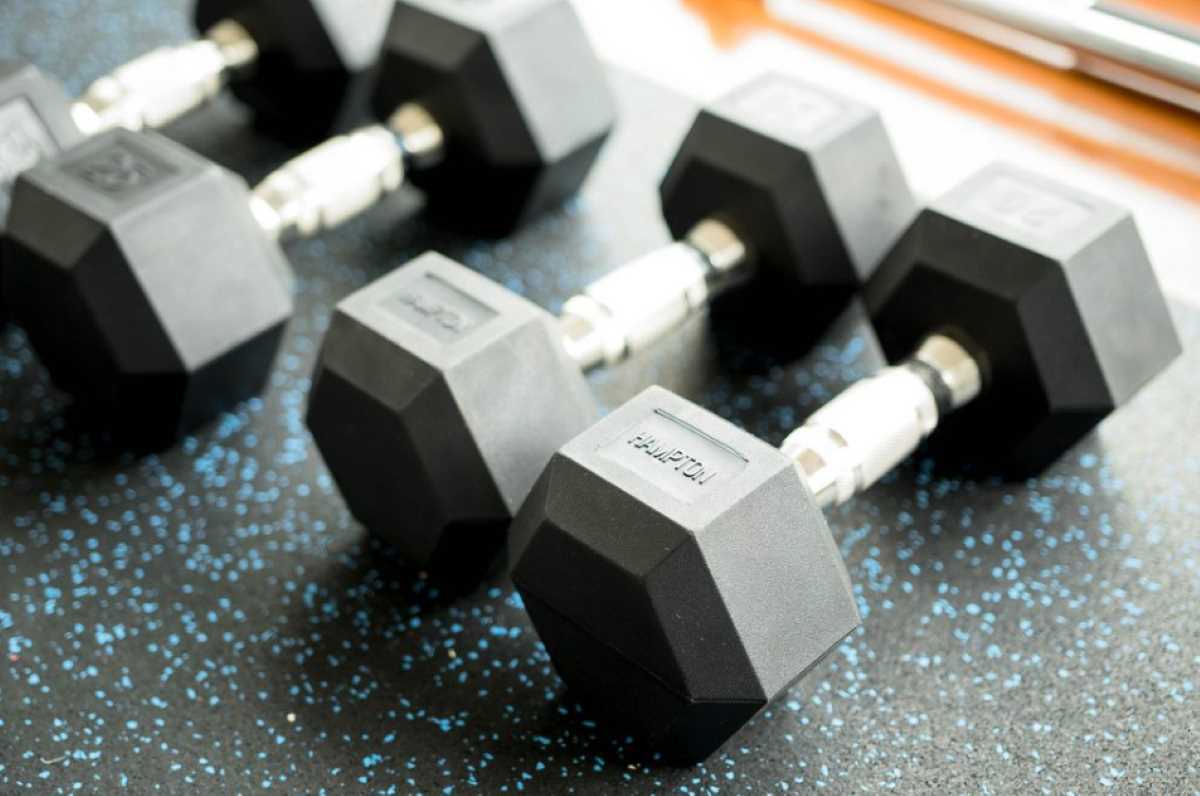
Muscle Development:
Strength training involves resistance exercises that target various muscle groups. When you engage in strength training, you stimulate muscle growth and development. While cardiovascular exercise like cycling primarily burns calories during the activity, strength training helps build lean muscle mass that continues to burn calories at rest. This increased muscle mass contributes to a higher resting metabolic rate, which means you burn more calories even when you’re not exercising.
Metabolic Rate Boost:
Muscle tissue is more metabolically active than fat tissue. This means that having more muscle mass increases your resting metabolic rate, leading to increased calorie burn throughout the day. Even when you’re not working out, your body requires more energy to maintain muscle tissue, which supports weight loss efforts.
Afterburn Effect:
Similar to cardiovascular exercise, strength training induces an afterburn effect, scientifically known as excess post-exercise oxygen consumption (EPOC). After a strength training session, your body continues to burn calories at an elevated rate to repair muscles and restore your body to its pre-exercise state.
Increased Caloric Expenditure:
Strength training sessions themselves burn calories, contributing to your overall daily energy expenditure. These sessions, combined with cycling, create a larger caloric deficit, which is necessary for weight loss.
Body Composition:
Strength training helps improve body composition by reducing body fat and increasing lean muscle mass. Even if the number on the scale doesn’t change dramatically, you’ll likely notice changes in how your clothes fit and in your overall appearance.
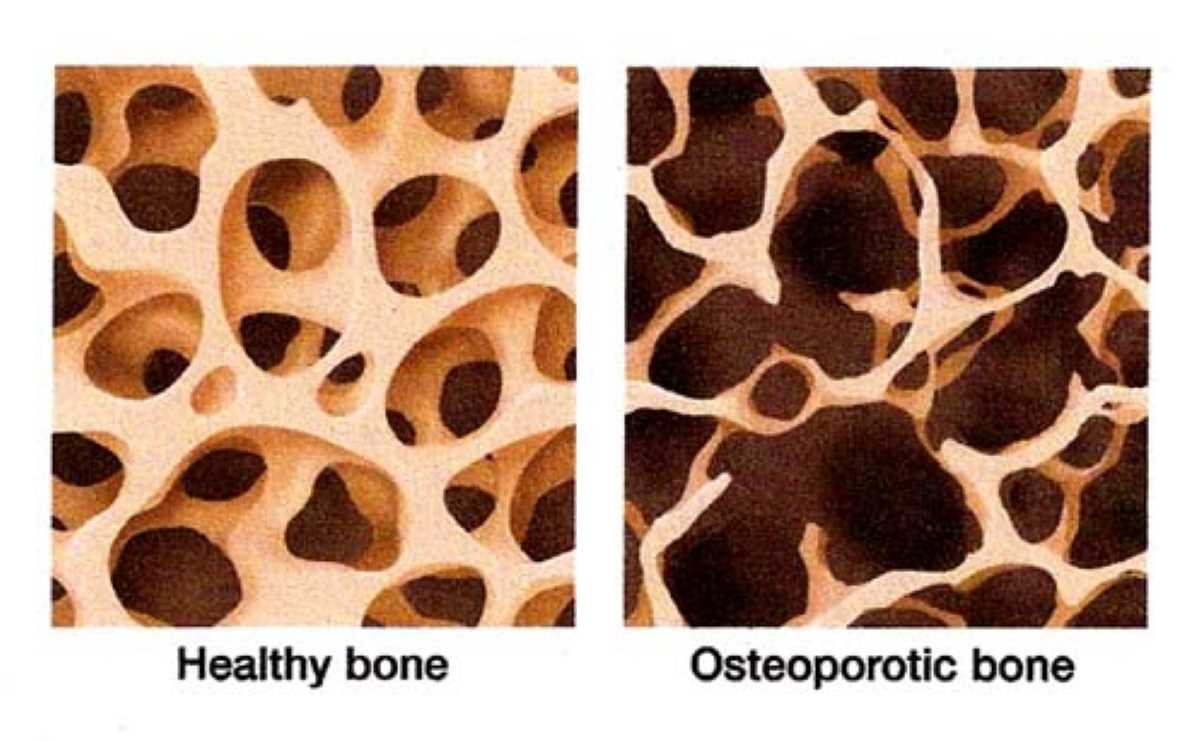
Prevents Muscle Loss:
During weight loss, there’s a risk of losing both fat and muscle. Strength training helps mitigate muscle loss by preserving and even promoting muscle growth. This is particularly important as muscle tissue is metabolically active and helps you maintain a healthy metabolism.
Bone Health:
Strength training supports bone health and reduces the risk of osteoporosis, which can be beneficial for overall health and long-term fitness.
Improved Performance:
Stronger muscles improve your cycling performance. You’ll be able to generate more power during climbs and sprints, enhancing your cycling efficiency and endurance.
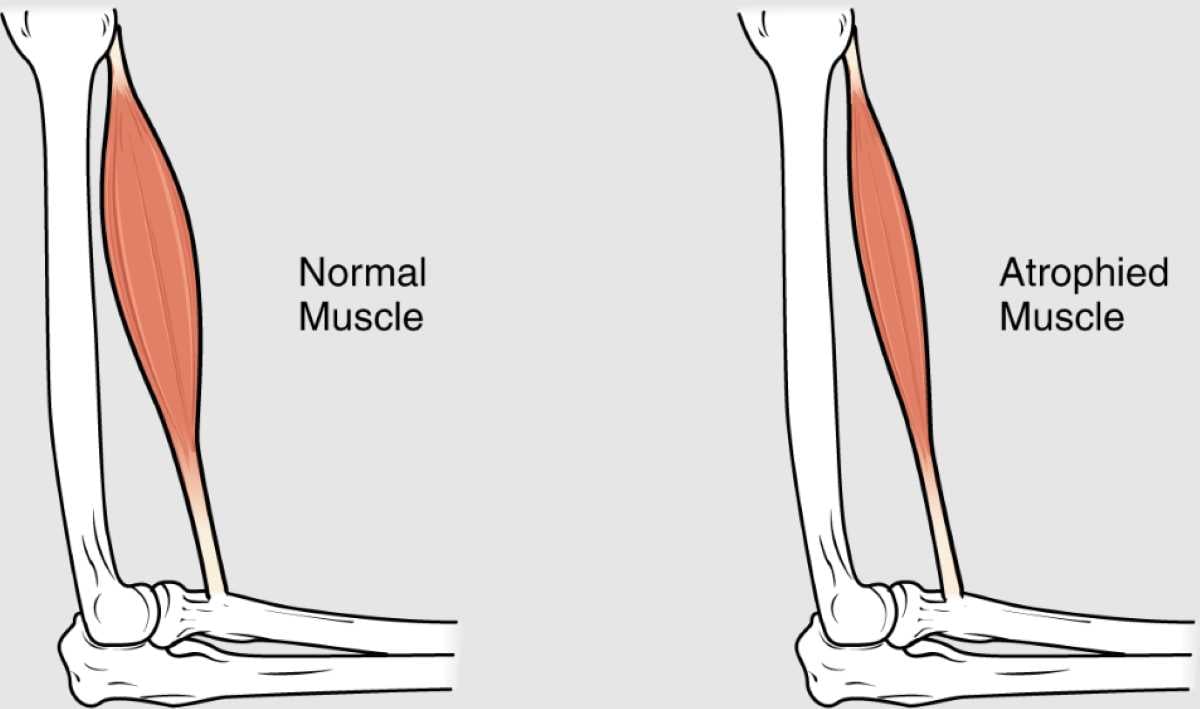
Injury Prevention:
Strength training helps correct muscle imbalances and strengthen stabilizing muscles, which can reduce the risk of injuries both on and off the bike.
Functional Fitness:
Strength training improves overall functional fitness, making daily activities easier and reducing the risk of overuse injuries from repetitive motions like cycling.
8. Rest and Recovery:
Rest and recovery are essential components of a comprehensive cycling and weight loss strategy. Proper rest and recovery allow your body to heal, repair, and adapt to the physical stresses of cycling, leading to improved performance, better muscle development, and more effective weight loss. Here’s how rest and recovery contribute to weight loss for cyclists:

Muscle Repair and Growth:
During cycling and other forms of exercise, your muscles undergo microscopic damage. Rest and recovery periods provide the opportunity for these muscles to repair and grow stronger. This muscle growth contributes to increased lean muscle mass, which in turn boosts your metabolism and calorie-burning potential, supporting weight loss efforts.
Hormonal Balance:
Adequate rest helps regulate hormones that influence appetite, stress, and metabolism. Sleep and relaxation support balanced cortisol levels, reducing stress-related overeating and promoting an optimal hormonal environment for weight loss.
Energy Restoration:
Cycling depletes glycogen, which is stored energy in your muscles. Proper rest allows your body to replenish glycogen stores, ensuring you have the energy necessary for effective workouts and preventing fatigue.
Prevention of Overtraining:
Overtraining can lead to burnout, reduced performance, and even injury. Ensuring you have rest days or active recovery days in your routine prevents overtraining, allowing you to sustain your exercise regimen and avoid setbacks.
Mental Refreshment:
Rest is not just physical; it’s also mental. Cycling can be mentally demanding, and taking breaks allows you to recharge mentally, reducing stress and improving your overall mindset. This mental rejuvenation can positively impact your motivation and commitment to your weight loss journey.
Injury Prevention:
Rest and recovery periods give your body time to repair minor injuries and strains that might occur during cycling. Regular rest reduces the risk of overuse injuries and ensures you can continue your training without interruptions.

Quality Sleep:
Prioritizing sleep is crucial for weight loss. Quality sleep supports hormonal balance, appetite regulation, and optimal cognitive function. When you’re well-rested, you’re more likely to make healthy food choices and stick to your exercise routine.
Tissue Repair:
Cycling can cause microtraumas to your muscles and connective tissues. Adequate rest allows these tissues to repair, reducing the risk of chronic inflammation and enhancing your overall recovery.
Long-Term Sustainability:
Incorporating regular rest and recovery into your routine helps prevent burnout and allows you to sustain your cycling and weight loss efforts over the long term.
9. Track Progress:
Tracking progress in cycling can be a valuable tool for weight loss, providing motivation, accountability, and insights into your performance. Here’s how tracking progress contributes to your weight loss journey:
Motivation:
Tracking your cycling progress, whether it’s tracking miles ridden, duration, or intensity, can be highly motivating. Seeing your improvements and accomplishments over time can boost your confidence and drive to continue working toward your weight loss goals.

Goal Setting:
Setting specific, measurable goals gives you a clear target to strive for. Whether it’s increasing your weekly mileage, improving your average speed, or conquering a challenging route, having goals to work toward can keep you focused and engaged in your weight loss journey.
Accountability:
When you track your progress, you hold yourself accountable for your actions. Knowing that you’ll be recording your rides can encourage you to stay consistent with your cycling and maintain healthy habits.
Identifying Patterns:
Tracking progress allows you to identify patterns and trends. You might notice that certain routes or intensities lead to better performance or increased calorie burn. This information helps you make informed decisions about your cycling routine and nutrition.
Adjustments and Optimization:
By analyzing your progress data, you can make adjustments to your cycling routine, such as increasing intensity, changing routes, or altering the duration of your rides. These adjustments can help you break through plateaus and continue making progress toward your weight loss goals.
Non-Scale Victories:
While weight loss is a common goal, progress in cycling can provide non-scale victories that are equally rewarding. Achieving personal bests in terms of distance, speed, or endurance can boost your confidence and keep you motivated, even if the scale isn’t moving as quickly as you’d like.
Visual Evidence:
Progress tracking can provide visual evidence of your journey. Comparing photos, videos, or even clothing sizes over time can show you how far you’ve come and remind you of your achievements.
Positive Reinforcement:
Celebrating your progress, no matter how small, reinforces your efforts and reinforces positive behaviors. Acknowledging your successes can create a cycle of motivation and continued commitment.
Documentation of Journey:
Over time, your progress tracking becomes a documentation of your journey. Looking back at where you started and how far you’ve come can be incredibly rewarding and provide a sense of accomplishment.
10. Consult a Professional:
Getting a cycling coach, personal trainer, or dietitian can provide valuable guidance and support for a cyclist’s weight loss journey. Here’s how each professional can help:
Cycling Coach:
Customized Training Plans:
A cycling coach can create personalized training plans that align with your weight loss goals. They’ll consider your fitness level, cycling experience, and schedule to design effective workouts that maximize calorie burn and performance improvement.
Progress Monitoring:
A coach can track your progress, analyze your cycling data, and adjust your training plan accordingly. This ensures you’re continually challenging yourself and making steady progress toward your weight loss goals.
Technical Skills:
Coaches can help you improve your cycling technique, which can increase efficiency and prevent injuries. Better form and technique lead to more effective rides and enhanced calorie burn.
Motivation and Accountability:
Having a coach provides external motivation and accountability. Knowing that someone is guiding and monitoring your progress can help you stay committed to your weight loss and cycling goals.
Personal Trainer:
Strength Training Guidance:
A personal trainer can design a strength training program tailored to your weight loss and cycling objectives. Incorporating strength training can boost metabolism, preserve muscle mass, and improve overall fitness.
Proper Form and Technique:
Working with a trainer ensures you’re performing exercises correctly, reducing the risk of injuries and maximizing the benefits of your workouts.
Varied Workouts:
Personal trainers can introduce a variety of exercises to keep your workouts engaging and effective. They can help you cross-train, which can prevent burnout and support weight loss.
Accountability:
Regular sessions with a personal trainer provide built-in accountability. Knowing that you have appointments can motivate you to stick to your exercise routine.

Dietitian:
Customized Nutrition Plans:
A registered dietitian can create a personalized nutrition plan that supports your weight loss and cycling goals. They consider your dietary preferences, energy needs, and nutrient requirements to design a sustainable eating plan.
Optimal Nutrition Timing:
A dietitian can guide you on when and what to eat before and after rides to fuel your workouts, support recovery, and promote weight loss.
Nutritional Gaps:
If you have any nutritional deficiencies or dietary restrictions, a dietitian can help you address these issues to ensure you’re meeting your nutritional needs while losing weight.
Behavioral Support:
Dietitians provide strategies to overcome emotional eating, manage cravings, and establish healthy eating habits that align with your weight loss goals.
Other Considerations
Having A Bike You Like to Ride:
Without a doubt, having a fast bike is something that can push us to go cycling more often. It is simply more fun. And one of the biggest factors that determines whether a bike is fast is the wheels. An upgrade can change how a bike feels. Deep section carbon wheels offer the biggest gains when it comes to the aerodynamics of a bike. Carbon wheels can also significantly improve a bike’s agility, as saving rotational weight and the overall weight of a bicycle can make it more responsive.
Elitewheels offers a variety of rim brake, disc brake, and carbon spoke road wheelsets. There are also gravel, mountain bike, and triathlon/TT wheelsets available. They are currently raced by five UCI Continental pro cycling teams and have had multiple first place and podium finishes in some of the top international cycling races.
Reliable Equipment:
Having a reliable bike makes cycling more hassle-free, allowing you to ride more and take less time off and reach your fitness and weight loss goals. Elitewheels designs and manufactures its own carbon fiber, rims, wheels, and hubs without outsourcing. This means helps make the wheels higher quality as there is no cost cutting. Drive wheels have passed the UCI vertical impact test as well as more than a dozen others. A 3-year warranty, a crash replacement policy, and a growing service center network means that if you need help servicing your wheels or even need a crash replacement, it is a simple straightforward process.
Summary:
Remember, weight loss is a gradual process, and it’s important to prioritize overall health and well-being. Don’t solely focus on the number on the scale. Enjoy the journey, celebrate your achievements, and make sustainable lifestyle changes that you can maintain in the long term.


